The ability to communicate; through voice, digital message or simply by position, is arguably, the most critical capability for the men and women of today's Army.
From the highest level down, communications is an asset that no Soldier should be without.
With this concept in mind, the Joint Program Executive Office Joint Tactical Radio Systems has developed the Rifleman Radio, as part of an effort to bring secure, networking capabilities to a level of Soldier in the Army that previously had no means of intra-squad communication.
During a series of exercises at Fort Bliss, El Paso, Texas, in late November of 2008, representatives from JTRS and the 1st Armored Division, incorporated the Rifleman Radio's capabilities into their training situations to evaluate the effectiveness of the system within its target Soldier audience.
"The rifleman radio will be the first time that we bring a networking radio into the force and right down to the individual rifleman," said Col. Daniel P. Hughes the program manager for JTRS Ground Domain. "It provides a capability for us to bring a secure radio to the individual rifleman, so that he can now speak to his leadership and send his location into the network."
The radio represents an enormous increase in capability, technology and security for the Soldiers in forward operations who are currently not issued radios, and instead use hand signals to pass information.
"Right now, the individual Soldiers and their squad leaders are the biggest have-nots within the communications arena," said Maj. Tracy Mann, of the TRADOC Capability Manager for Tactical Radios. "This capability will allow squad leaders and team leaders to talk directly to their subordinates, and their subordinate leaders to be able to command and control their individual squad and platoon battle troops."
Mann, the TCM-TR lead for Handheld, Manpack, Small Form Fit radios (HMS), was a first-hand observer of the training exercises at Fort Bliss that incorporated the Rifleman Radio.
"We're revalidating those lessons learned from Operation Iraqi Freedom and Enduring Freedom," Mann said. "An intra-squad communications capability is required. It's needed. It helps mission effectiveness.
"We just need to continue to improve and refine this radio so we can get the best possible capability to the individual Soldier."
By employing a National Security Agency Type 2 certification, the Rifleman Radio can offer controlled but unclassified communications a Soldier can employ without requiring security clearances. This solves one radio problem for infantry units, which are comprised mostly of troops who are not cleared. The NSA Type 2 encryption bars classified information from being passed during transmissions and makes secure information more difficult for enemies to intercept. With these factors in place, the Rifleman Radio will not only deliver 10 to 100 times the bandwidth to the tactical edge, but at the same time, make sharing information more secure for the Soldier.
In addition to voice communication, the Rifleman radio also supplies a commander with a GPS picture of his squad members through a Position Location Information, or PLI, display. At Fort Bliss, the 1st Armored Division used the GPS features of the Rifleman Radio in a shoot-house situation. Squad leaders positioned outside of a darkened room were able to locate and identify the positions of each member of their team through the PLI.
"I worked with another system in the past. It was high-speed stuff, but the GPS system went out once my guys entered the building," said 2nd Lt. Jason Alston, 1st Armored Division, 5th Brigade, 2nd Combined Arms Battalion. "(With the Rifleman Radio's PLI display) you still can see locations when your guys enter the building. You don't have to worry about the GPS icon going off."
"The best thing about the whole system and the PLI is you actually zoom in on the battlefield and see your guys' exact locations," Hughes said, "which is definitely a plus for command and control. I can be somewhere else and see my assault element."
The Rifleman Radio is being developed as a stand alone system, but will integrate into the Ground Soldier System Ensemble platform providing mission planning, execution, and situational awareness capabilities to squad team leaders and above. The Rifleman Radio will also be interoperable with the other suite of JTRS products being developed including the Ground Mobile Radio and HMS Manpack radio, to provide the needed connectivity to higher echelon command elements.
Because the Rifleman Radio is a networking radio, it can provide a greater range and increased effectiveness for secure one-on-one communication by Soldiers, while conserving power and maintaining signal strength. As long as a user can touch someone in the network, it's not necessary to send a radio signal two or three kilometers, to establish communication.
This "chain-like" assistance when it comes to communicating across great distances can contribute greatly to the conservation of battery life. Non-networking or line-of-site radios need to increase power output when the distance between direct points of contact increases; with the Rifleman Radio, the space between two operators can increase as long as there are individuals within the network, along the path, that can relay the radio signal ahead.
"If I have enough people along the path, (the signal) will just hop from radio to radio and you can fulfill that network. It represents a quantum change from what we have now," Hughes said. "If you can touch anyone else in that network you can talk around and defeat the physics that you're dealing with."
The physical challenges that are faced by many point-to-point radio connections include man-made structures, such as solid walls, or topographic obstacles like mountains, which can block a radio signal if operators attempt to communicate through these structures. With a networking radio, as long as the signal from the operator's radio can hit one individual along the network chain, his communication can jump to its destination.
Hughes is also confident that the program's target Soldier audience will have little-to-no difficulty adjusting to the addition of a radio to their suite of equipment. The Rifleman Radio is interoperable, software programmable and upgradable and employs the Soldier Radio Waveform . It is ruggedized and light, includes a convenient push-to-talk, and a hands-free headset.
"The great part about the young Soldier we're getting today is that technology is not new to them," Hughes said. "They grow up with X-Box, iPods and cell phones. So this shouldn't be a quantum change. This should be something they expect us to do."
In simple terms, the Rifleman Radio is a system the Soldier can put on and turn on. The goal is a radio that is extremely easy to operate, but flexible enough to perform the mission.
"I actually like the fact that it's real simple," Alston said. "Anybody can catch on to it within a couple of minutes. We even had some of the guys who just graduated [Warrior Leader Course] yesterday and their first time touching a radio was today, and we didn't even have to explain it to them."
"I was very impressed with the squad leaders, team leaders and individual Soldiers," Mann said after observing several training exercises at Fort Bliss. "In every situation that we have put them in, they have used good old Soldier ingenuity to figure out how to implement this radio and improve their mission effectiveness."
By bringing individual communication capabilities to the Soldier in a user-friendly package, on a secure network, the Rifleman Radio should play a key role in reducing fratricide, enhancing the ability of the Soldier to conduct operations and providing a capability that does not exist in theater today.
JPEO JTRS is trusting in the concept that bringing the Soldier at every level into the communications network will allow the Soldier in theater to get more information to the right place at the right time; and thus help enable commanders to make effective decisions.
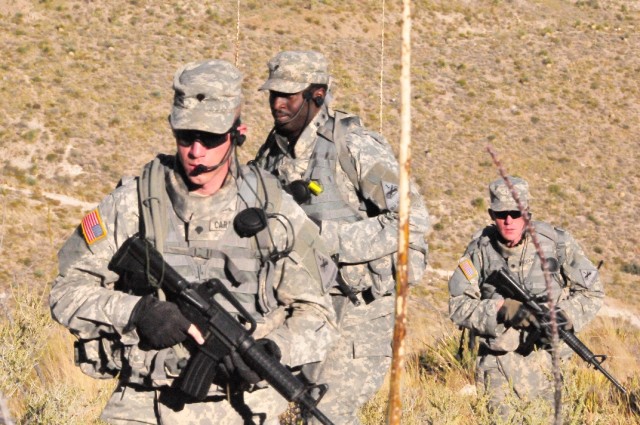
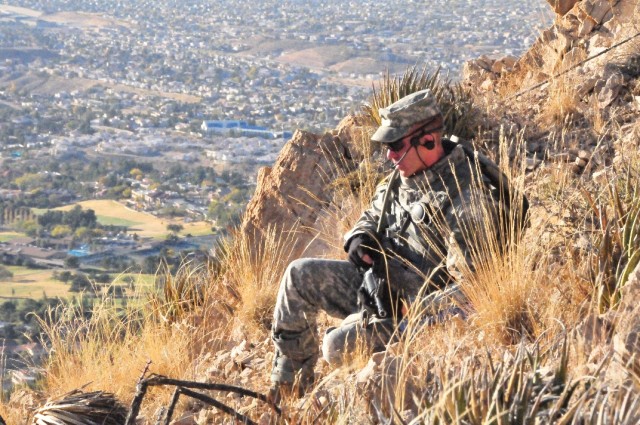

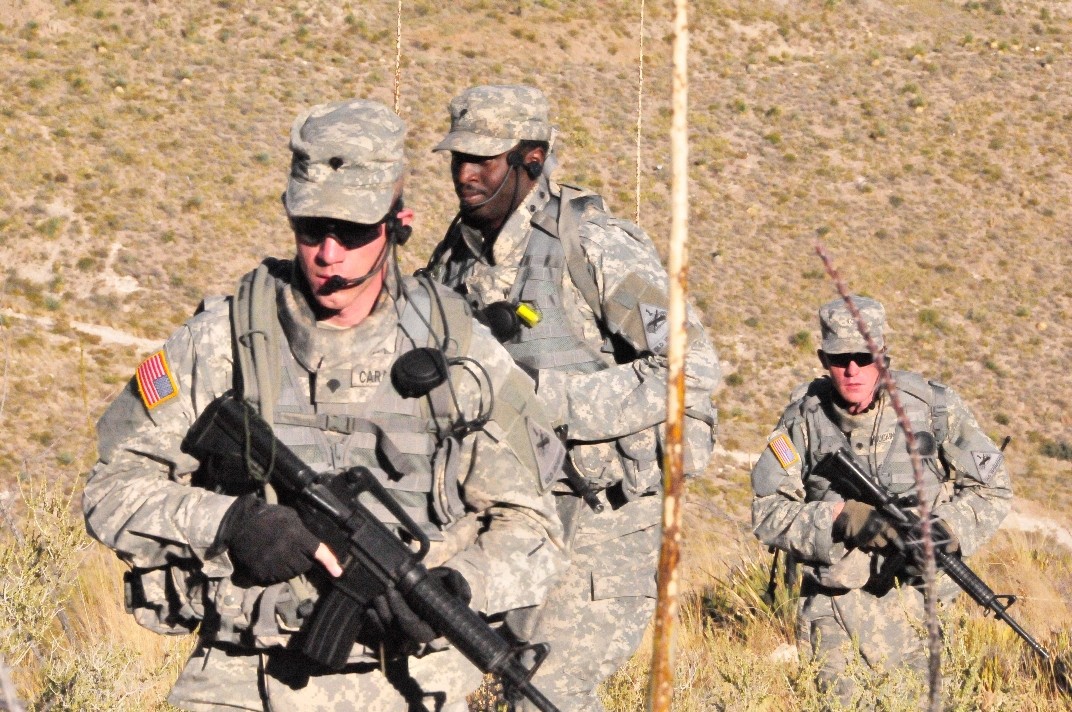
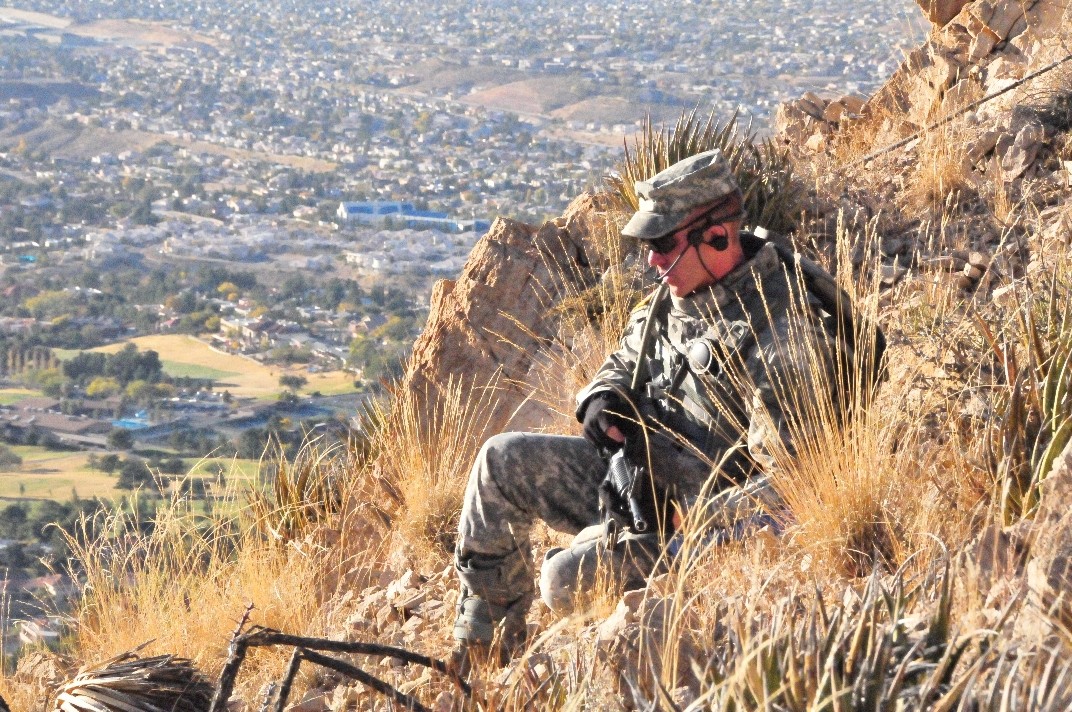
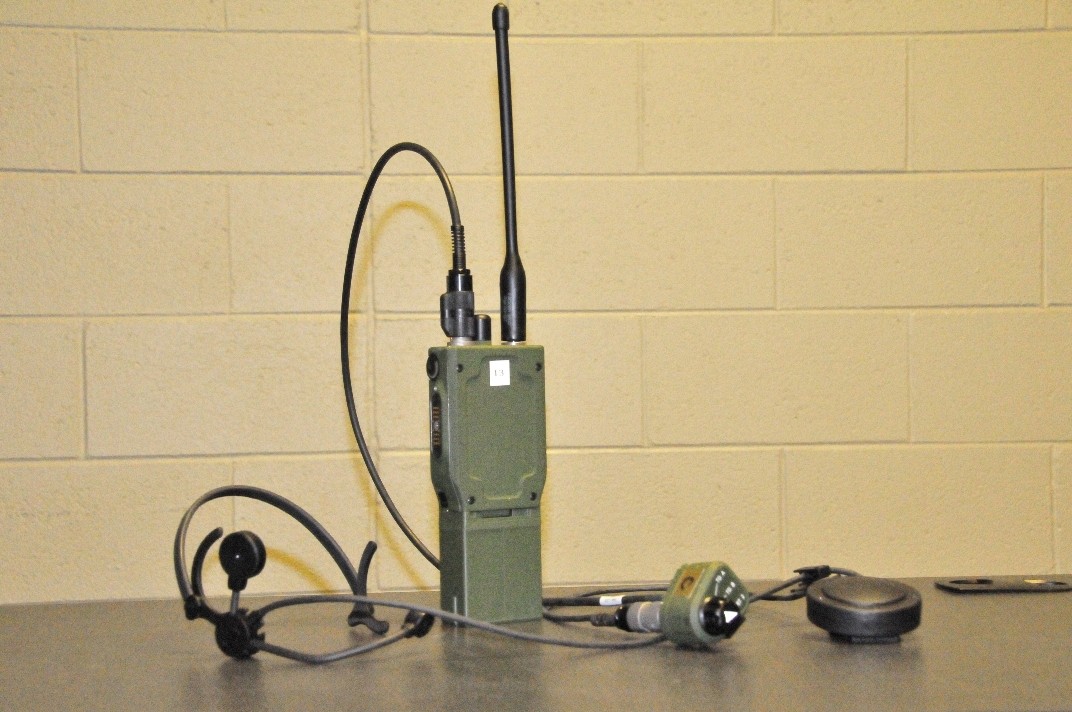
Social Sharing